How to Install Bidet Spray
Learn how to easily install your handheld bidet spray with our step-by-step guide. This page provides clear instructions, helpful tips, and troubleshooting advice for DIY installation.
Step by Step Guide

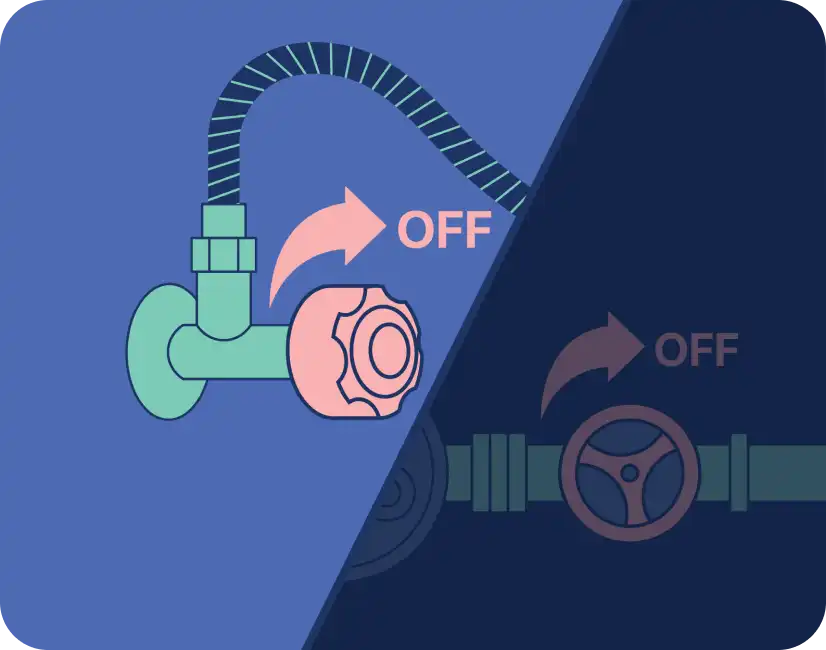
We do not recommend installing a bidet without a Shut Off Valve connected to the Wall Water Outlet. Please purchase a shut off valve for the water outlet in our accessories section.
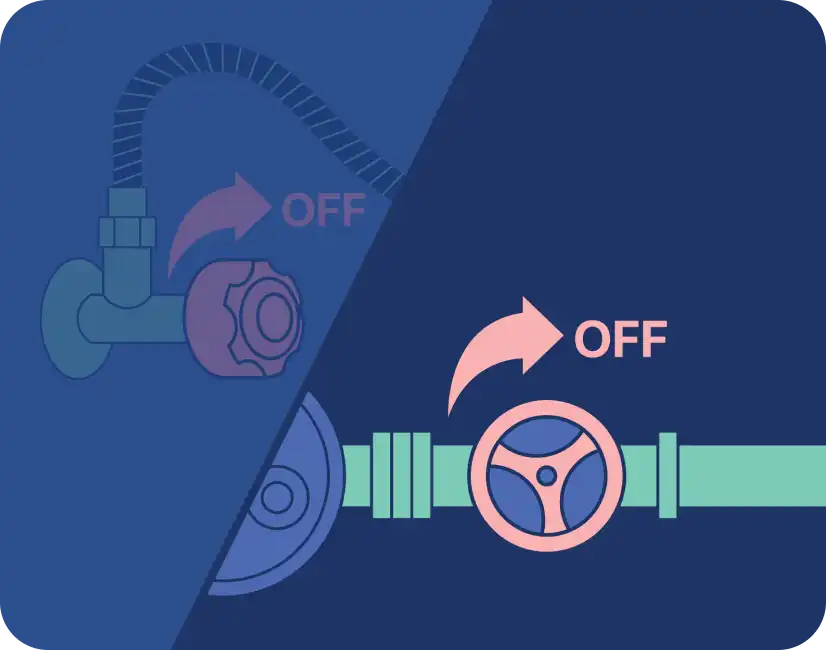

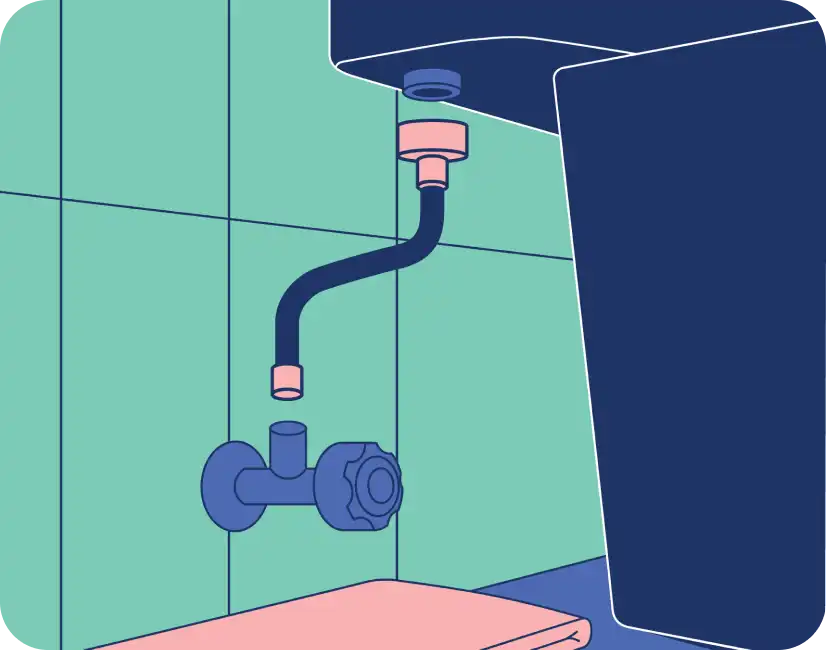

Tighten with an adjustable wrench and ensure the open and close handle is easily accessible.
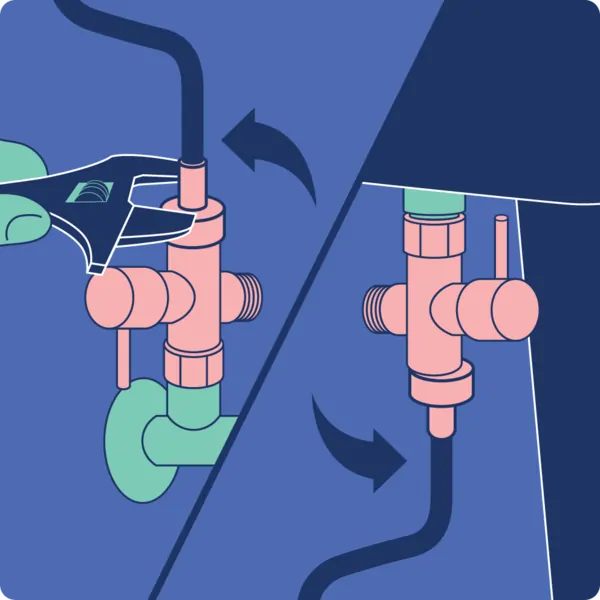
Keep the open/close valve pointed in the same direction as the male connection, which keeps the valve closed.

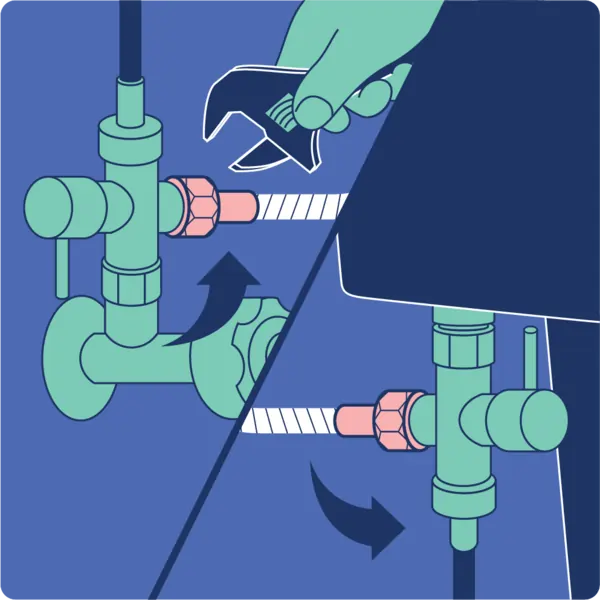
Then tighten it with an adjustable wrench.
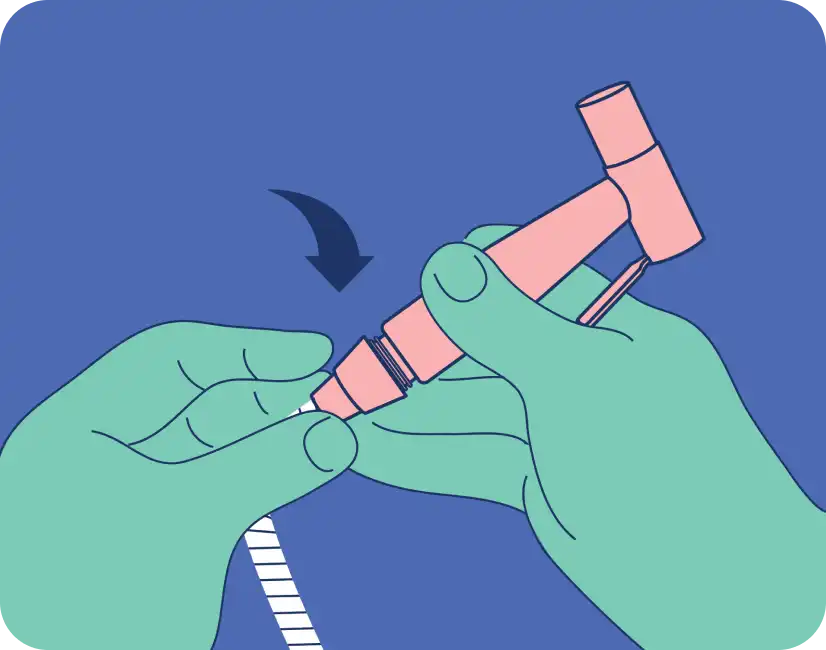
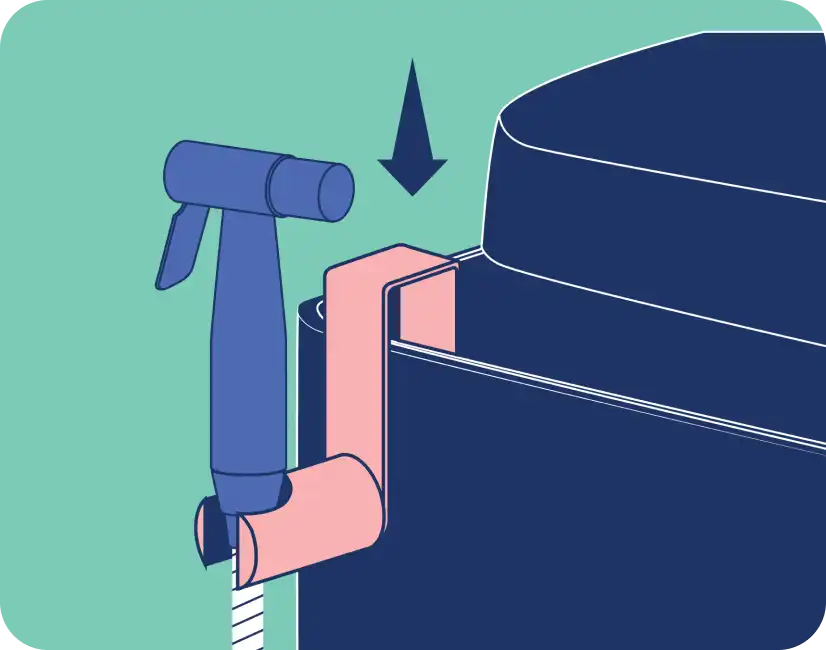
To hang off the toilet tank, remove the top lid and hook the holder onto the side of the tank.

Testing the Water Connection
Testing the Bidet Spray Connection
Testing the Bidet Spray
Common Mistakes to Avoid During Bidet Installation
Overlooking Water Supply Shut-Off Requirements
A common oversight is not realizing that the toilet's water supply can't be shut off independently.
- Why it's a problem: This oversight can lead to unexpected flooding during installation.
- How to avoid it: Be prepared to turn off the main water supply to your entire house before starting the installation.
- Plan ahead: Inform household members about the temporary water shut-off and have buckets of water ready for essential use.
Over-Tightening Connections
One of the most frequent errors is applying too much force when tightening connections. This is especially critical when connecting the T-adapter to the plastic toilet tank water outlet.
- Why it's a problem: Excessive tightening can fracture plastic components, leading to leaks or complete failure of the connection.
- How to avoid it: Hand-tighten connections first, then use a wrench to give them an additional quarter-turn. Stop if you feel significant resistance.
Not Checking for a Nearby Water Outlet
Before purchasing a bidet, especially a handheld bidet spray, it's crucial to verify the availability of a suitable water connection.
- Why it matters: Without a nearby water outlet, installation may be impossible or require extensive plumbing work.
- Special consideration for modern toilets:For newer toilets with water tanks embedded in the wall, installing a handheld bidet spray is often not feasible unless there's a separate water outlet nearby, such as from a basin.
- What to do:
- Inspect your bathroom layout before purchasing a bidet.
- For wall-embedded tank toilets, consult a plumber about options for adding a water outlet if one isn't available.
- Consider alternative bidet types (like seat attachments) if a handheld spray isn't possible due to water outlet limitations.
Misusing or Forgetting O-Rings
O-rings play a crucial role in creating a watertight seal, but they're often misused or forgotten entirely.
- Why they're important: O-rings ensure a proper water seal when connections are tightened securely.
- Common mistakes:
- Forgetting to place the O-ring in the T-adapter that connects to the water outlet.
- Forgetting to place the O-ring in the T-adapter that connects to the water outlet.
- How to avoid:Double-check that you've placed O-rings in all required locations before finalizing connections. Refer to your bidet's installation manual for specific placement instructions.
Overusing Plumbing Tape
While plumbing tape (also known as Teflon tape) is useful, using too much can be counterproductive.
- Common misconception: Many people believe that more tape means a better seal against leaks.
- Correct usage:Plumbing tape's primary purpose is to act as a lubricant for the threads, facilitating a smoother and tighter connection.
- How to apply:Wrap the tape around the threads 2-3 times in a clockwise direction. This is usually sufficient for most connections.
Recommendations for Daily Use and Longevity

Turn off the T-adapter when not in use. Build up of water pressure into the spray can cause leaks and quicker deterioration of the bidet parts.

Use medium water pressure by not having the T-adapter turned up all the way. This will avoid water spills and accidents.

Keep it clean with general household bathroom cleaners.
Legal Requirements for Bidet Installation
While many of our customers successfully install their bidets themselves, it's important to be aware of the legal requirements surrounding bidet installation in Australia, the United Kingdom and the United States. We believe in providing you with all the necessary information to make an informed decision about your installation process.
Australian Plumbing Code Requirements
The Australian Plumbing Code specifies certain regulations for bidet installation:
- Bidets and bidet douches should be installed in accordance with Australia Standard AS3500 Section 10A.
- According to Section 10A.2.3 of the Plumber Guide, hand sprays (including those used as douche sprays) are classified as High Hazard and require appropriate additional backflow prevention, such as an RPZ valve.
- These products must be installed in compliance with The National Construction Code – Volume Three.
British Plumbing Regulations
In the United Kingdom, bidet installation is governed by the Water Supply (Water Fittings) Regulations 1999 and BS EN 1717:2000. Key points include:
- Bidets are classified as a Fluid Category 5 risk, the highest level of contamination risk.
- The regulations mandate a physical break between the water supply and the bidet outlet to prevent any possibility of backflow contamination.
- Professional installation by a qualified plumber is strongly recommended to ensure compliance with these regulations.
United States Plumbing Codes
In the United States, plumbing codes can vary by state and even by municipality. However, there are some general guidelines and regulations to be aware of:
- Most states follow either the International Plumbing Code (IPC) or the Uniform Plumbing Code (UPC), both of which address bidet installation.
- Bidets and bidet attachments must comply with ASME A112.18.1/CSA B125.1 standard for plumbing supply fittings.
- Backflow prevention is a key concern. The specific requirements can vary, but generally:
- Handheld sprayers must have a backflow preventer or vacuum breaker.
- Some jurisdictions may require an air gap or other specific types of backflow prevention devices.
- In many areas, while a licensed plumber is not legally required for bidet installation, it may be recommended, especially for more complex systems.
- Some local codes may require permits for bidet installation, particularly if it involves significant changes to the existing plumbing.
Professional Installation Considerations
While our products are designed for easy installation, it's important to note:
- In Australia, the plumbing code mandates that these products should be installed by a licensed plumber.
- In the UK, while not legally mandated, professional installation is strongly recommended due to the complexity of the regulations.
- In the US, requirements can vary by location. While DIY installation is often acceptable, professional installation ensures compliance with local codes.
- Similar considerations apply to other household products connected to water supply, such as washing machines, refrigerators with water connections, and water filters.
Customer Responsibility
We respect our customers' right to make informed decisions about their product installation:
- We provide comprehensive installation guides and support for those who choose to install the product themselves.
- However, we advise customers to be aware of and consider complying with local plumbing codes and regulations.
- The decision on how to proceed with installation ultimately rests with the customer.
Our Recommendation
To ensure compliance with regulations in Australia, the UK, the US, and for your peace of mind:
- Research your local plumbing codes and requirements before beginning installation.
- Consider consulting with a licensed plumber familiar with local regulations.
- If you choose professional installation, ensure your plumber is familiar with the specific requirements for bidet installation in your country and locality.
- In the UK, verify that the installer understands the Fluid Category 5 requirements and appropriate backflow prevention methods.
- In the US, check if your local jurisdiction requires any specific permits or inspections for bidet installation.
Remember, proper installation not only ensures compliance with local regulations but also helps maintain the warranty and optimal performance of your bidet.